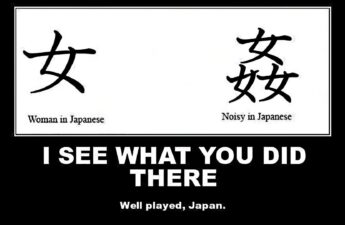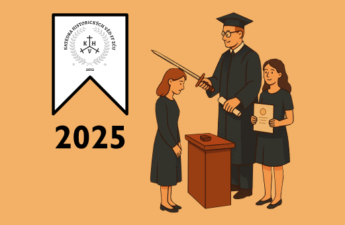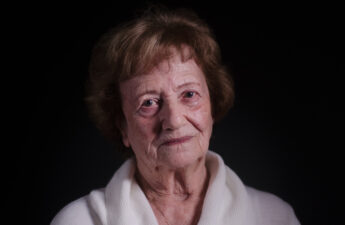For this month’s piece I chose the topic of dealing with historical guilt, in this case the policy of the Stolen Generation in Australia. To understand what we are dealing with we have to know what this policy was and how it came into existence.
We can find its beginnings in the 17th century when the first European settlers came to Australia. They were of the opinion that they were the first people there, but they were wrong. Australia was already inhabited by the descendants of the indigenous people who crossed the land bridge from Southeast Asia or came by the sea over 63 000 years ago. But the settlers didn’t respect their claim to the land and treated Australia as terra nullius, no-man’s land. They divided it among themselves and started farming on it. This disrupted and destroyed the hunting grounds and fresh water supply of Aboriginal Australians. They also killed off some of the edible plants which were a huge part of their natural diet. This with diseases, such as tuberculosis, measles or flu led to malnutrition and the decimation of the natives.
By 1860 the already small population was confined into reservations away from the white population. While Aboriginal Australians were declining the number of people with mixed heritage was growing. This scared the colonial government because it posed “threats to the pure race” and stability. So it was decided that the children of the First Nation and of mixed descent would be taken from their families and assimilated into white society because it was better for them than being brought up in dying society. Thus, the policy of the Stolen Generation was born.
These children were placed into foster homes or families, where they were usually abused, treated like servants and were taught to hate their origins. Many girls were sexually abused and became pregnant. Later their children were also taken from them. Throughout the years in which the policy was in place around 100 000 children were taken from their home and placed into the foster system.
This multigenerational abuse was terminated at the end of the 1970s and the existence of the Stolen Generation was almost forgotten in mainstream media. But then in 1997 came the Bringing Them Home report which brought a lot of attention to this issue. This report was acknowledged by the Australian government but nothing else had been done. Prime Minister at the time John Howard even said that Australians of today should not bear the sins of the past. Aboriginal Australians had to wait until 2008 when new Prime Minister Kevin Rudd delivered an apology on behalf of the whole Australian government. It was a huge step forward and a considerably emotional affair. But it brought peace to the First Nation community. With the aforementioned apology came also a government strategy called Closing the Gap which should bring the Aboriginal community on the same level as the rest of Australia.
I think that the Australian case of dealing with historical guilt is one of the best ones in the world. It acknowledged its wrong-doings, apologized for them and offered help and reparations to those who were impacted by the said wrongs. I think both Canada and the United States , as a countries with a similar history of hurting its First Nations, should really pay close attention and learn from this example.
Sources
Harris, E. , 2022. Indigenous mural, visitnsw.com. Destination NSW. <https://www.visitnsw.com/things-to-do/aboriginal-culture/art>. Human Rights and Equal Opportunity Commission, 1997. Bringing Them Home: Report Of The National Inquiry Into The Separation Of Aboriginal And Torres Strait Islander Children From Their Families. Sydney. Human Rights and Equal Opportunity Commission. Lawry, C., 2010. Moving Beyond the Apology: Achieving Full and Effective Reparations for the Stolen Generations. Australian Indigenous Law Review, 14(2), s. 83–93. Manne, R., 2012. Aboriginal Child Removal and the Question of Genocide, 1900–1940. In: A. Dirk Moses, ed., Genocide and Settler Society: Frontier Violence and Stolen Indigenous Children in Australian History, 1. New York: Berghahn Books, s. 217 – 243. Wahlquist, C., 2017. Australia’s Stolen Generations: A Legacy Of Intergenerational Pain And Broken Bonds. [online] theguardian.com. <https://www.theguardian.com/australia-news/2017/may/25/australias-stolen-generations-a-legacy-of-intergenerational-pain-and-broken-bonds>.



